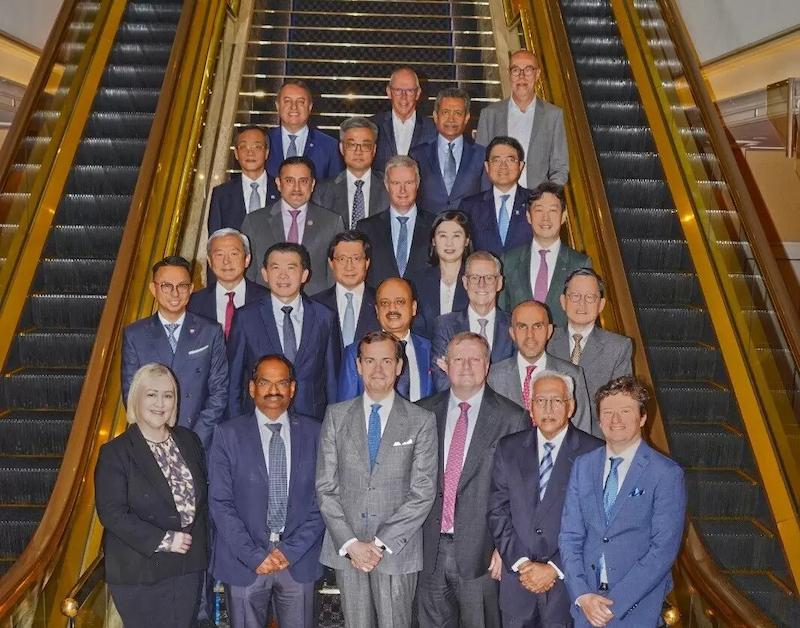ACI Asia-Pacific: Region Slowly Recovering From ‘Significant Drop’ In Connectivity

ACI Asia-Pacific board members met in Kobe, Japan.
Credit: ACI Asia-Pacific
Airports Council International (ACI) Asia-Pacific says the region’s governments need to show a “sense of leadership” in restoring air route connectivity, emphasizing that post-COVID Asia-Pacific air travel recovery is lagging behind other global regions. In a resolution released at the conclusion of...
Subscription Required
This content requires a subscription to one of the Aviation Week Intelligence Network (AWIN) bundles.
Schedule a demo today to find out how you can access this content and similar content related to your area of the global aviation industry.
Already an AWIN subscriber? Login
Did you know? Aviation Week has won top honors multiple times in the Jesse H. Neal National Business Journalism Awards, the business-to-business media equivalent of the Pulitzer Prizes.





